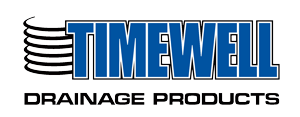Originally presented at StormCon 2022 on September 27, 2022, 10:15-10:45 AM
With determined vision, cross-built-environment discipline expertise, and a network of supporting companies and individuals, an extraordinarily high-value method to effectively manage volume stormwater on structures is fueling a paradigm shift for savvy real estate developers. Over the past 20 years, the real estate development economics for site development have significantly evolved. With increasing regulations, labor and especially land costs, common methods of volume stormwater management like retention ponds, bioswales, porous pavements, underground storage, green roofs, etc. have become less effective to meet developer’s ROI requirements.
We evaluated many options and a common theme kept occurring: All commonly used volume-based stormwater management systems were a complete build. There were limited efficiencies or interconnectivity to other systems and furthermore, none of these systems were predictable or provided reporting with exact amounts of stormwater managed. We noticed that low-slope roofing comprised a significant percentage of the impervious space in any densely populated community. To effectively utilize low-slope roofing for volume stormwater management we started by creating a smart control to retain and measure stormwater volume/flow. This was followed up by another smart control to indicate the exact origin of any potential leak and an instantaneous notification of that condition, thus if a leak is identified, the system automatically releases any retained water. Lastly, we needed to vet waterproofing products to meet ponding water requirements for warranty purposes. The thermoplastic waterproofing segment became the obvious choice.
Presented by:
Anthony Mayer – Sustainablu LLC
Matt Knouse – Abben Associates
Chris Foley – P4 Infrastructure Inc.






